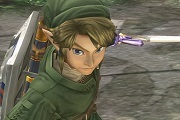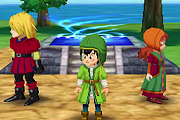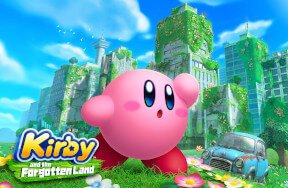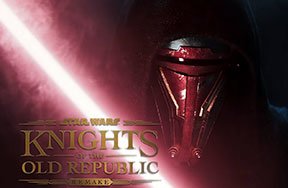By: Alex Hirsch
The Pokémon Company celebrated its 20th anniversary on February 27th, 2016 marking two decades of collecting, battling, breeding, and trading. It’s a big year for Pokémon fans, with the release Red, Blue, and Yellow on the 3DS eShop, and the upcoming releases of Pokémon Go!, Pokkén Tournament, and Pokémon Sun and Moon all slated for 2016. So, in honor of one of gaming’s most beloved franchises, let’s take a look at the history of the series.
Pokémon 20th Anniversary Commercial
Humble Beginnings
In February of 1996, GameFreak launched Pokémon Red and Pokémon Green for the original Nintendo Gameboy system in Japan. Featuring 151 collectable creatures, the ability to trade and battle with friends via Link Cable, and a solid RPG battle system - Pokémon Red and Green became huge hits. Pokémon Blue released later that year, addressing several bugs and glitches in the original release.
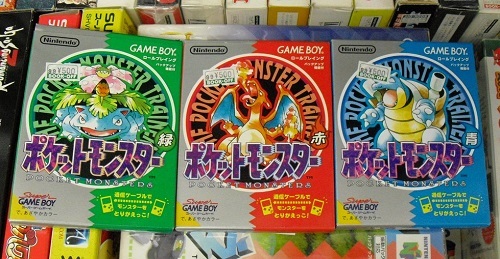 The original Japanese boxes for Pokémon Green, Red and Blue.Courtesy of cartoonfan101.deviantart
The original Japanese boxes for Pokémon Green, Red and Blue.Courtesy of cartoonfan101.deviantart
Pokémon Goes West
When the games were brought to western audiences Gamefreak merged the trio into Pokémon Red and Blue versions, taking advantages of Pokémon Blue’s reworked code. In September of 1998 Pokémon fever reached the Americas and changed the shape of entertainment for the next two decades. Accompanied by its own anime tie-in, Pokémon became a smash-hit among children and adults.
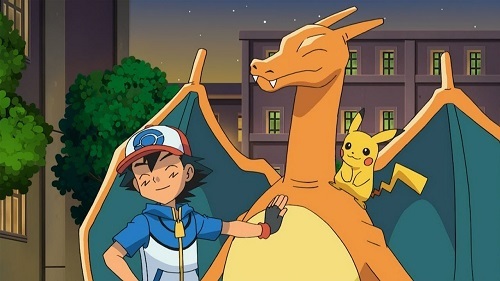 The Pokémon anime was a huge smash hit.Courtesy of Pokémon Company
The Pokémon anime was a huge smash hit.Courtesy of Pokémon Company
Over the next 12 months Pokémon grew beyond its Gameboy roots. In 1999 we saw the release of the collectable card game, Pokémon Snap, which deserves a reboot, and a full-length theatrical release of Pokémon: The First Movie. Pikachu had become the official mascot of the franchise, and was featured in toys and games alike, including Pokémon Yellow: Special Pikachu Edition - which was a reworking of Pokémon Red and Blue that followed the TV series more closely.
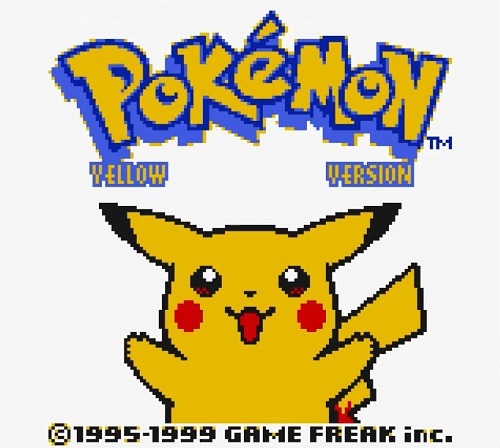 Pikachu quickly became the Pokémon series mascot.Courtesy of wikipedia
Pikachu quickly became the Pokémon series mascot.Courtesy of wikipedia
A New Millennium
In the year 2000 Pokémon seemed as if it couldn’t be stopped. Pokémon Stadium gave us the ability to battle with 3D characters and effects on the Nintendo 64. The core Pokémon games received a true sequel in Pokémon Gold and Silver - which also saw the introduction of 100 all new Pokémon. Gamefreak and Nintendo seemed to be unstoppable in their cultural influence, as the TV series continued to grow and spread the influence of anime into western living rooms.
 Pokémon Stadium for the Nintendo 64.Courtesy of bit.blog.br
Pokémon Stadium for the Nintendo 64.Courtesy of bit.blog.br
Pokémon Main-Series Timeline
From here on Pokémon remained in both the cultural and gaming forefront, as each new release garnered millions of players young and old. The handheld titles saw new releases as time went on, such as:
- 2002 - Ruby and Sapphire (Gameboy Advance)
- 2004 - the re-mastering of Red and Blue as Pokémon FireRed and LeafGreen (Gameboy Advance)
- 2006 - Diamond and Pearl (Nintendo DS)
- 2009 - the re-mastering of Gold and Silver as HeartGold and SoulSilver (Nintendo DS)
- 2010 - Pokémon Black and White (Nintendo DS)
- 2012 - Pokémon Black 2 and White 2 (Nintendo DS)
- 2013 - Pokémon X and Y (Nintendo 3DS)
- 2014 - The re-mastering of Ruby and Sapphire as Omega Ruby and Alpha Sapphire
During that time we also received spin-off series’ including puzzle titles, card game simulators, adventure games, and more. Pokémon characters were featured almost everywhere, to include their mainstay position as playable fighters in the Super Smash Bros. franchise.
 Pokemon X and Y on Nintendo 3DS.Courtesy of Nintendo
Pokemon X and Y on Nintendo 3DS.Courtesy of Nintendo
Pokémon’s Legacy
Throughout the timeline of Pokémon’s existence we’ve seen amazing things happen. Sure, every entry in the main franchise has been a runaway hit that added to the growing list of collectable creatures. Of course we were greeted with new seasons of the TV show every year, as well as accompanying feature films. But Pokémon also entered into a competitive market that, up until that point, seemed reserved for only the most hardcore adult audiences.
 Thousands of people battle it out in live Pokémon tournaments.Courtesy of kidzcoolit.com
Thousands of people battle it out in live Pokémon tournaments.Courtesy of kidzcoolit.com
Pokémon Tournaments began to sprout up across the world with the introduction of the collectable card game (and as a natural evolution of the built-in trading and battle systems in the video games). Before long there were official tournaments with cash prizes being held across the world. By the mid-2000s Pokemon was as big, if not bigger, than many of Nintendo’s in-house franchises, and it remains so today.
Pikachu VS Braixen - Pokkén Tournament
Have Your Say!
Where did you begin your Pokémon journey? Who is your favorite Pokémon? Let us know in the comments below!





























